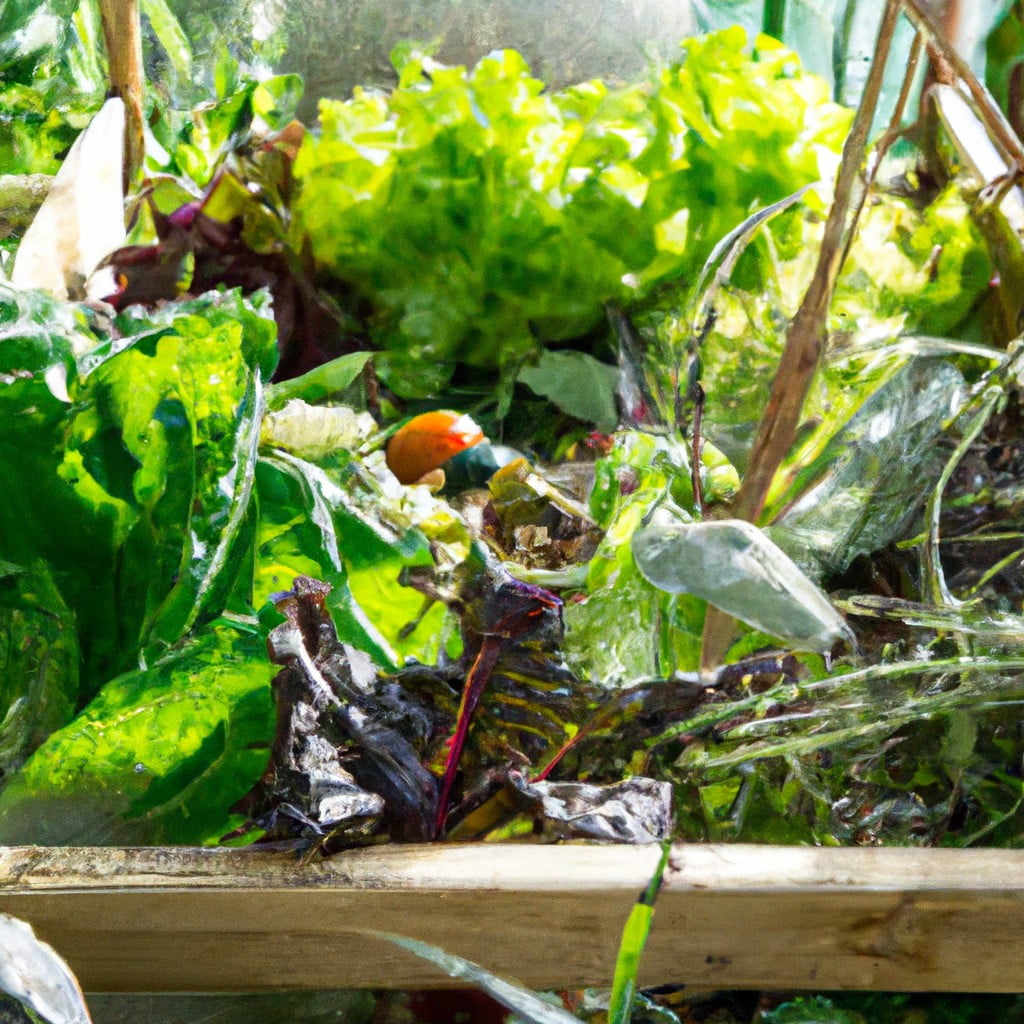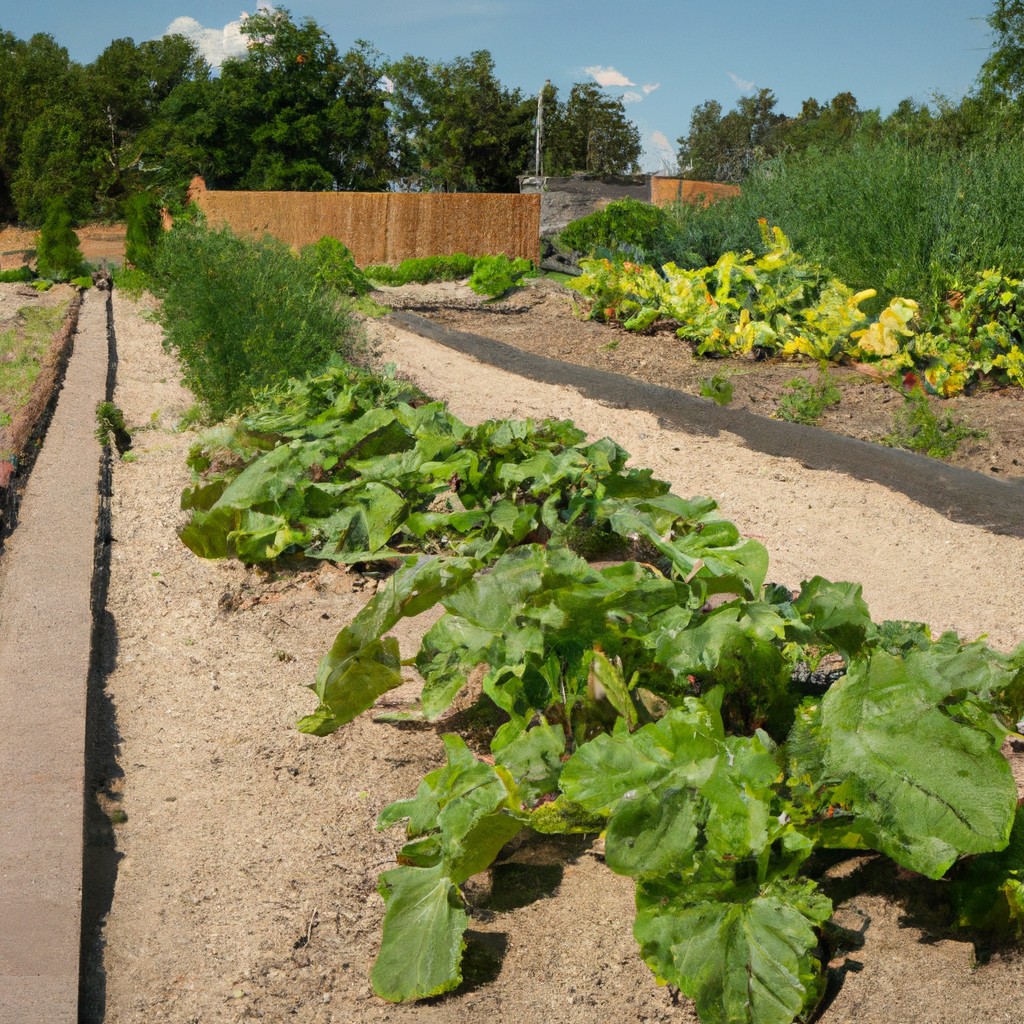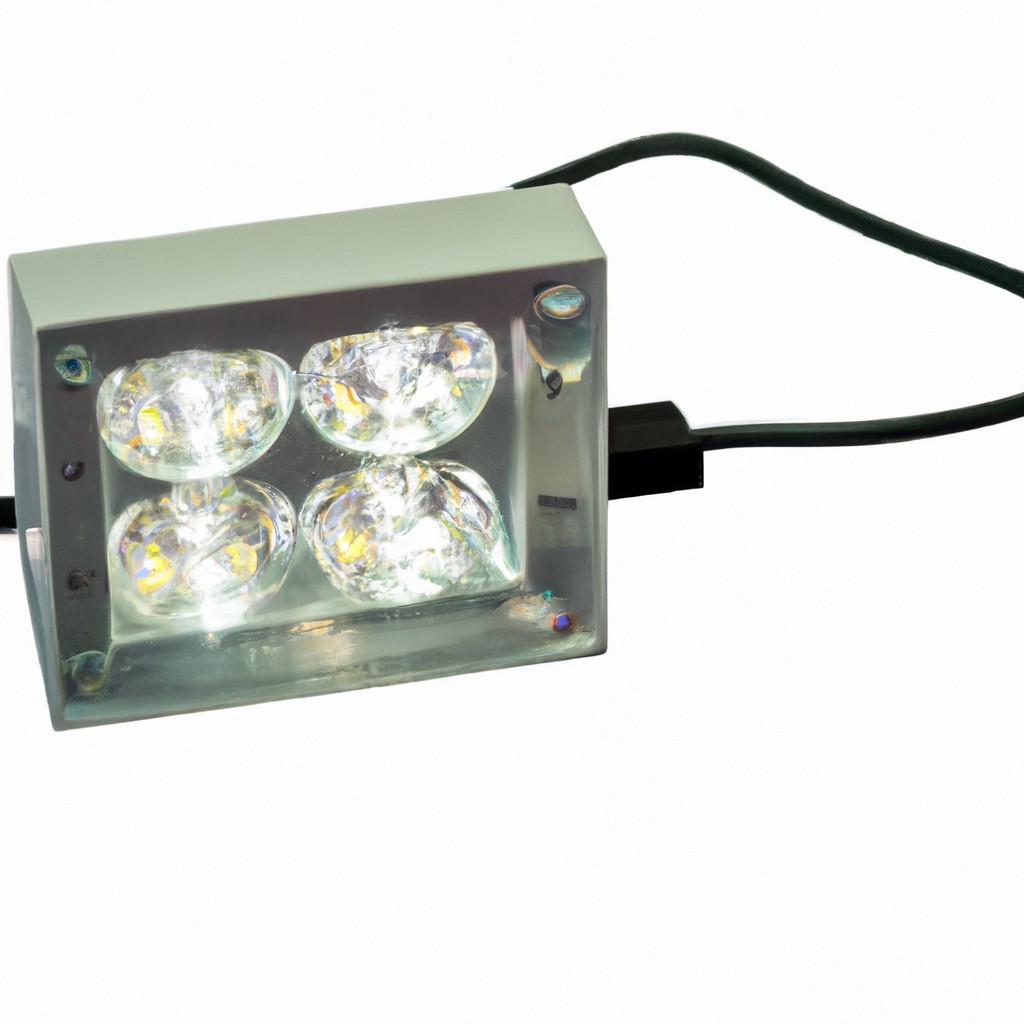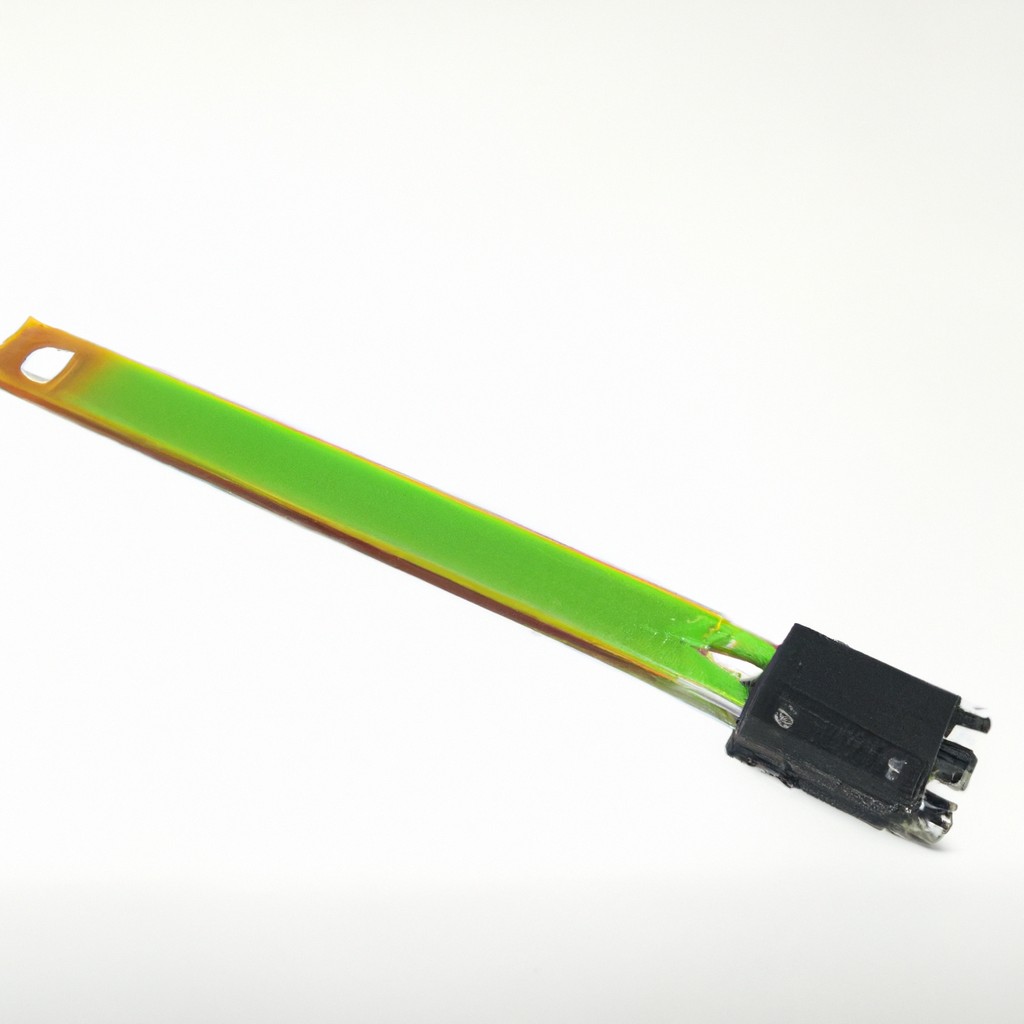Exploring the intricacies of permaculture and organic gardening reveals their distinct approaches to sustainable agriculture, each with unique benefits and potential challenges.
Permaculture and organic gardening both offer sustainable solutions to agricultural challenges, but they differ in their principles and practices. Permaculture, a system that mimics natural ecosystems, emphasizes the design of an interconnected environment where each element supports and feeds others. On the other hand, organic gardening focuses on growing produce without synthetic fertilizers and pesticides, promoting soil health and biodiversity.
While both approaches share the common goal of ecological sustainability, their methods and scope vary. This article will delve into the intricacies of both practices, comparing and contrasting their principles, techniques, and benefits, providing a comprehensive understanding of these two green-thumb methods.
Key takeaways:
- Permaculture mimics natural systems for sustainable agriculture.
- Organic gardening focuses on soil health and biodiversity.
- Permaculture prioritizes diversity and waste management.
- Organic gardening uses compost and crop rotation for soil health.
- Both practices reduce environmental impact and promote sustainability.
Look Inside:
Definition of Permaculture

Permaculture is a holistic agricultural system that integrates principles from nature into the design and management of gardens and farms. This design methodology aims to create sustainable and self-sufficient ecosystems. The crux of permaculture lies in the following concepts:
- Mimicking Natural Systems: Nature serves as the blueprint for designing permaculture systems. By observing natural ecosystems and their interactions, we can build agricultural systems that are resilient and sustainable.
- Multiple Functions for Each Element: Every element in a permaculture system should serve multiple functions. For example, a fruit tree provides food, offers shade, creates habitat for birds, and can act as a windbreak.
- Diversity and Interconnectivity: Increasing biodiversity and interconnectivity enhances resilience. A diverse ecosystem is resistant to pests and diseases while interconnected elements support each other.
- Cycle Resources: Waste is viewed as a mismanaged resource in permaculture. All resources, generated on site or brought in, are cycled back into the system to minimize waste.
Permaculture advocates for a thoughtful, less labor-intensive approach to agriculture that yields a bountiful harvest while nurturing the health of the ecosystem. Implementing permaculture principles into your gardening practice can take many forms, such as creating a backyard forest garden, using rainwater harvesting systems, or setting up a chicken tractor system.
Definition of Organic Gardening
Organic gardening is a method of crop cultivation that shuns the use of synthetic pesticides, herbicides, fertilizers, and genetically modified organisms. The approach is rooted in the maintenance of soil health, as fertile and well-structured soil is considered the key to vigorous plant growth.
Here are certain significant aspects it encompasses:
- The use of organic matter such as compost, manure, green manure cover crops, and organic mulches to enrich soil fertility and structure.
- Promotion of biodiversity to maintain a balance in the ecosystem. Beneficial insects and plants are encouraged to reduce the instance of pests.
- A systematic rotation of crops to interrupt cycles of pests and diseases and to improve soil fertility.
- Always cleaning gardening tools to prevent the spread of disease and pests from one plant or area to another.
- Advocacy for hand weeding or cultivation, discouraging the use of chemical herbicides.
- Use of heritage, open-pollinated plant varieties to maintain genetic diversity within crop species.
This approach encourages a deeper relationship with the natural world, recognizing that healthy and vibrant ecosystems are critical to productive and sustainable gardens.
Differences Between Organic Gardening and Permaculture
Permaculture encompasses organic gardening as a part of its design but goes beyond it by fully integrating the garden within the larger ecosystem. In contrast, organic gardening specifically concentrates on maintaining soil health and excluding artificial chemicals from the process.
- Diversity versus monoculture: Whereas an organic garden might be composed of separate beds for vegetables and fruits, Permaculture believes in intercropping and mixing different species together.
- In permaculture, the planning and layout often follow a sector or zonal design, integrating elements in nature such as wind, sun exposure, and water sources. Organic gardening does not necessarily take these factors into account.
- Waste management: Permaculture emphasizes a closed-loop system where waste is viewed as a valuable resource, incorporated right back into the system. An organic garden might rely more on composting but not necessarily utilize all waste products effectively.
- In permaculture, all elements play essential roles in sustaining a farm’s operations – whether supporting soil fertility, pest management, or crop growth. Organic gardening focuses more on the cultivation of plants without synthetic input.
To experience these differences, one could try creating two small garden areas at home – one employing permaculture principles, the other utilizing organic gardening methods. Observe the changes, costs, time, and energy involved in each method and evaluate the yield and overall health of each garden.
How Crops Differ Between Organic Gardening and Permaculture
In organic gardening, crops are generally selected based on market demand or dietary requirements, assuming they’re compatible with local climate and disease presence. Gardens can be monoculture or composed of various plant species. Rotation and companion planting schemes are often applied to manage pests and maintain soil fertility.
Contrarily, permaculture prioritizes crops based on their function within the system’s design. Indigenous and perennial plants are often favored, as these require fewer inputs and provide outputs for longer periods. The aim is usually to establish complex systems resembling natural ecosystems with various plants, animals, and microorganisms interacting.
In terms of water usage, permaculture systems tend to fare better. They often incorporate elements such as swales and ponds to capture and store water.
Finally, coming to fertilizers, organic gardening uses compost, manure, and green manures, and applies them based on the needs of specific plants. On the flip side, permaculture follows a more holistic method, nurturing soil health as a system rather than individual crop needs.
Consequently, transitioning from organic gardening to permaculture will require you to evaluate the function of each plant or animal within your system, focus more on perennials, and work towards establishing an interconnected ecosystem. Besides that, allocating resources to water capture and storage infrastructure, as well as fostering comprehensive soil health, are crucial steps on your path to permaculture.
When Permaculture Might Not Be Organic
Permaculture may deviate from organic practices in certain scenarios. Predominantly, these occur when permaculturists opt for few solutions to address short-term problems that don’t fit into traditional organic frameworks.
Utilizing non-organic materials: In some instances, permaculturists choose to use non-organic materials, like recycled plastic in construction or certain seedlings, that have been treated with non-organic substances to establish a permaculture system.
Compromising on long-term principles: Sometimes under specific harsh conditions, permaculturists may choose to use methods such as earthworks or heavy machinery, which may cause temporary disturbance to the land but aim to benefit the broader ecology over the long-term.
While most practitioners strive to marry the principles of permaculture with organic farming techniques, it remains essential to understand that these instances may cause deviations due to the inherent flexibility and pragmatism in permaculture design.
The Role of Soil in Organic Gardening and Permaculture
In organic gardening, the health of the soil is of utmost importance, and this method views it as a living entity. Here, composting, green manure, and crop rotation are commonly used to feed, regenerate and protect the soil while increasing its fertility. The rich soil, flush with beneficial microbes and worms, promotes robust crop yields.
Permaculture, meanwhile, utilizes a slightly different approach by introducing a variety of plants and animals that mutually benefit each other and the soil. The layout is designed to mimic natural ecosystems to maintain fertility and health of the soil. Companion planting, where certain plants are grown together due to their mutual benefits, is a typical practice in permaculture designs.
For both practices, protecting your soil from erosion and improving its water retention capacity can be done through:
- Implementing cover crops and mulching to reduce soil exposure and maintain consistent moisture levels.
- Applying compost and other organic matter to the soil, which serves as nourishment for both crops and beneficial soil microorganisms.
- Using deep-rooting plants to bind the soil together, preventing erosion and accessing deeper nutrients.
By fostering a healthy soil ecosystem, both permaculture and organic gardening principles ensure the vibrancy and productivity of the land, leading to bountiful yields year after year.
Impact of Permaculture Vs Organic Gardening On the Environment
Permaculture limits environmental impact by using design principles to conserve water, promote biodiversity, and reduce waste. In these well-designed systems, plants, animals, and microorganisms form a balanced and self-supporting ecosystem, minimizing external inputs and waste. Moreover, by saving seeds from year to year, permaculture farmers maintain genetic diversity and resilience in their gardens.
Organic gardening contributes to sustainable food production by avoiding synthetic fertilizers and pesticides. This, in turn, eliminates pollution of water bodies due to runoff and helps maintain healthy soil ecosystems, beneficial for a myriad of organisms. Organic gardens, however, require careful management to avoid problems such as pest infestation and nutrient deficiency.
In terms of environmental impact, both practices carry distinct advantages:
- Reduced chemical pollution: Organic gardening avoids synthetic inputs, reducing pollution. Similarly, in permaculture, the focus lies on creating self-sustaining systems that don’t require chemical interventions.
- Biodiversity protection: Both practices prioritize maintaining and enhancing biodiversity – permaculture through its design principles, and organic gardening by encouraging healthy soil ecosystems.
- Water conservation: Permaculture systems aim at optimizing water use, hence contributing to water conservation. Organic gardens, if properly planned, can also employ water-saving techniques.
- Carbon sequestration: Soil plays a critical role in capturing carbon. Practices advocating soil health, like organic gardening and permaculture, thereby contribute to mitigating climate change.
To apply these benefits in practice:
- Prioritize the health of soil and biodiversity in both system designs.
- Save and exchange seeds from year to year to keep plants adaptable and resilient.
- Implement water-saving measures such as swales, rainwater harvesting, and drip irrigation.
- Ensure careful system design and management, taking into account local climate, soil condition, and existing biodiversity.
- Eschew synthetic inputs where possible, opting for compost and other organic matter to enrich the soil.
FAQ
What is the difference between gardening and permaculture?
Gardening refers to the generic practice of growing plants, whereas permaculture is a more integrated approach that utilizes organic gardening tactics in combination with a lifestyle that minimizes environmental impact.
What is the weakness of permaculture?
The primary weakness of permaculture is its high initial setup cost which can make it expensive to seamlessly integrate into existing agricultural systems.
What is the difference between permaculture and regenerative gardening?
Permaculture is a comprehensive philosophy for creating sustainable human habitats and food systems, while regenerative gardening is a specific agricultural approach that emphasizes soil enhancement and the development of a closed, waste-efficient system.
Does permaculture use pesticides?
No, permaculture does not use pesticides as it promotes environmentally-friendly practices such as polycultures, which naturally disrupt pests’ lifecycles and habitats.
How does permaculture contribute to soil health and biodiversity?
Permaculture contributes to soil health and biodiversity by implementing methods that mimic natural ecosystems, encouraging the growth of diverse plant species, reducing soil erosion and enhancing soil fertility, and creating a self-sustaining environment.
Can large scale farms adopt permaculture practices sustainably?
Yes, large-scale farms can sustainably adopt permaculture practices, although it requires careful planning and adaptation to each farm’s specific needs and conditions.
How does the yield of a permaculture plot compare to a conventional farming plot over time?
Over time, permaculture plots often yield more diverse crops and can excel in productivity compared to conventional farming plots, especially in terms of long-term sustainability and soil health.




